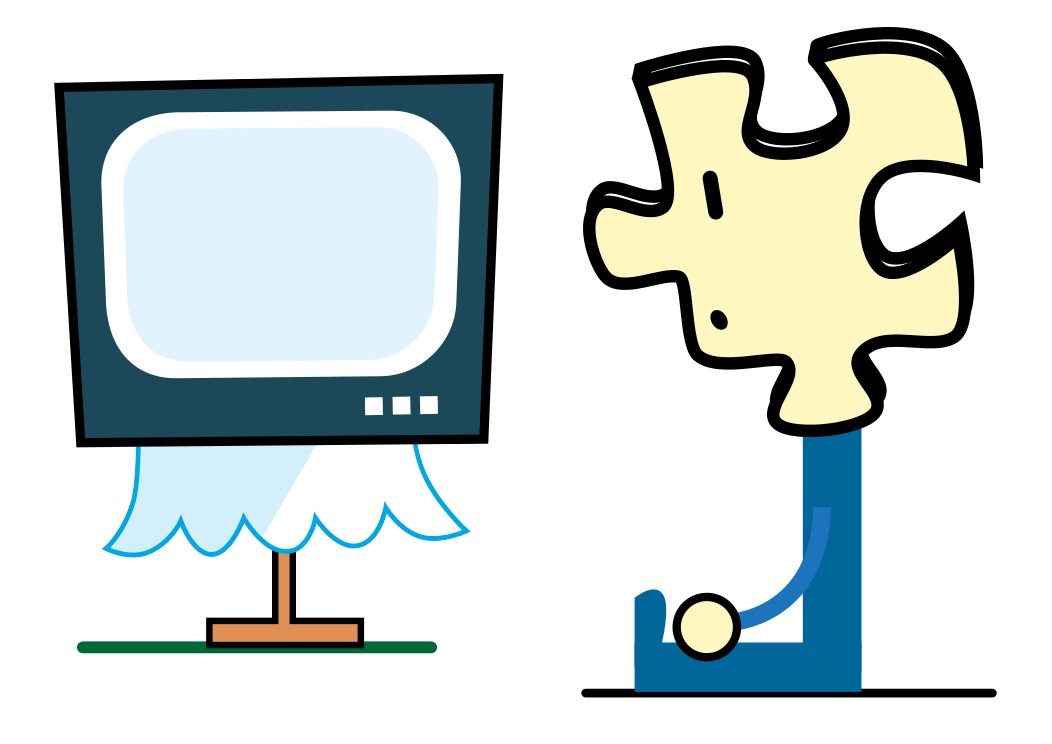Media Multitasking: Unproductive but Gratifying
This is one of our free-to-access content pieces. To gain access to all Ideas for Leaders content please Log In Here or if you are not already a Subscriber then Subscribe Here.

Media multitasking hurts productivity, but it is also a self-reinforcing habit that makes people feel better: students find studying with the TV on more fun and emotionally satisfying, for example. These habitual and emotional gratifications explain why media multitasking is an ongoing problem making its way into the workplace.
The research is consistent and unequivocal: media multitasking — that is, doing multiple tasks at the same time with at least one of those tasks involving some kind of media — reduces efficiency. Studying in front of the TV is less productive than studying with the TV off.
However, media multitasking continues to increase in popularity. More and more students, for example, believe that studying is easier with a television program on in the background. Why do people continuously return to behaviour that has been proven unproductive? A study by Ohio State University Professor Zheng Wang and John Tchernev, now a professor at Miami University, provides one answer.
Zhang and Tchernev built a multitasking field experiment based on the concepts of uses and gratification theory and reciprocal dynamic influences. In other words, the experiment was designed to study whether media multitasking gratified the needs of participants, which would then reinforce the desire to multitask. For example, the experiment would show if media multitasking fulfilled a student’s cognitive need to learn material for a test, and whether this was the reason the student would continued to media multitask when studying.
The experiment consisted of 32 university undergraduate students logging their activities (both media- and nonmedia-related) three times a day for four weeks. The logging occurred through cell phone-based technology for ease of use.
For each activity, the students provided the following information:
At the end of the field experiment, Zhang and Tchernev combined the data from the original seven motivations down to four critical categories of need: emotional, cognitive, social and habitual.
They then analysed the data collected. Their analysis revealed the following insights:
Thus, while media multitasking does not fulfil cognitive needs, it fulfils habitual needs and emotional needs. In other words, people continue to multitask because it’s become a habit, and it makes them feel better — even though ‘feeling better’ was not one of the original goals of the multitasking. This positive emotional sensation is why multitaskers believe the myth that they are being productive.
Multitasking is becoming more popular even as research consistently demonstrates its counterproductivity. By linking media multitasking to emotional and habitual needs, this research highlights just how damaging and pervasive multitasking, and especially media multitasking, might become.
Among students, media multitasking is ubiquitous. These students, however, soon enter the workforce, and although watching TV while working might not be an option, one doesn’t ‘quit’ bad habits that fulfil emotional needs so quickly. Thus, media multitasking is a problem to which business leaders and managers must be prepared to respond. Younger employees, especially, will feel the need to frequently visit Facebook or answer personal emails during their tasks, telling themselves that such digressions are helping them to be more productive. Growing numbers of remote employees out of eyesight of their employers add to the problem.
Coercive measures, such as blocking websites, monitoring Internet navigation or forbidding the use of personal cell phones during work hours, is one way to curtail media multitasking.
However, given the emotional and habitual components of media multitasking highlighted in this research, leaders and managers could go further in helping their younger employees break the habit, taking a proactive and positive approach rather than solely relying on employee fear of “being caught.” For example, since many younger employees have never had the discipline to focus exclusively on one task, introducing them to focusing practices such as meditation and mindfulness could help them develop new workplace habits.

Ideas for Leaders is a free-to-access site. If you enjoy our content and find it valuable, please consider subscribing to our Developing Leaders Quarterly publication, this presents academic, business and consultant perspectives on leadership issues in a beautifully produced, small volume delivered to your desk four times a year.

For the less than the price of a coffee a week you can read over 650 summaries of research that cost universities over $1 billion to produce.
Use our Ideas to:
Speak to us on how else you can leverage this content to benefit your organization. info@ideasforleaders.com